Welcome to a world where creativity meets the soil right in your backyard. Whether you’re just starting out or have years of green-thumb experience behind you, embarking on DIY outdoor garden projects can transform your outdoor space into a personal oasis. These projects aren’t just about adding aesthetic appeal; they offer a hands-on way to connect with nature, relieve stress, and cultivate a sense of accomplishment. With each project, you can tailor your garden to reflect your personality and meet the unique needs of your environment.
In this article, you’ll discover a variety of projects that cater to both beginners and seasoned gardeners, ensuring everyone finds something inspiring to tackle. We’ll guide you through creative ideas, from constructing raised garden beds to crafting charming garden paths, all designed to enhance your garden’s functionality and beauty. You’ll learn practical tips and step-by-step instructions for each project, making the process enjoyable and rewarding. By the end, you’ll not only have a more beautiful garden but also newfound confidence in your gardening skills.
As you delve into these projects, remember that gardening is as much about the journey as it is about the destination. Each project is an opportunity to learn, adapt, and grow alongside your plants, fostering a deeper connection with your outdoor space. Whether you have a sprawling yard or a cozy patio, there’s a project in here that’s just right for you. So roll up your sleeves, gather your tools, and let’s get started on transforming your garden into a masterpiece you’ll love and cherish.
Creative Container Garden Ideas
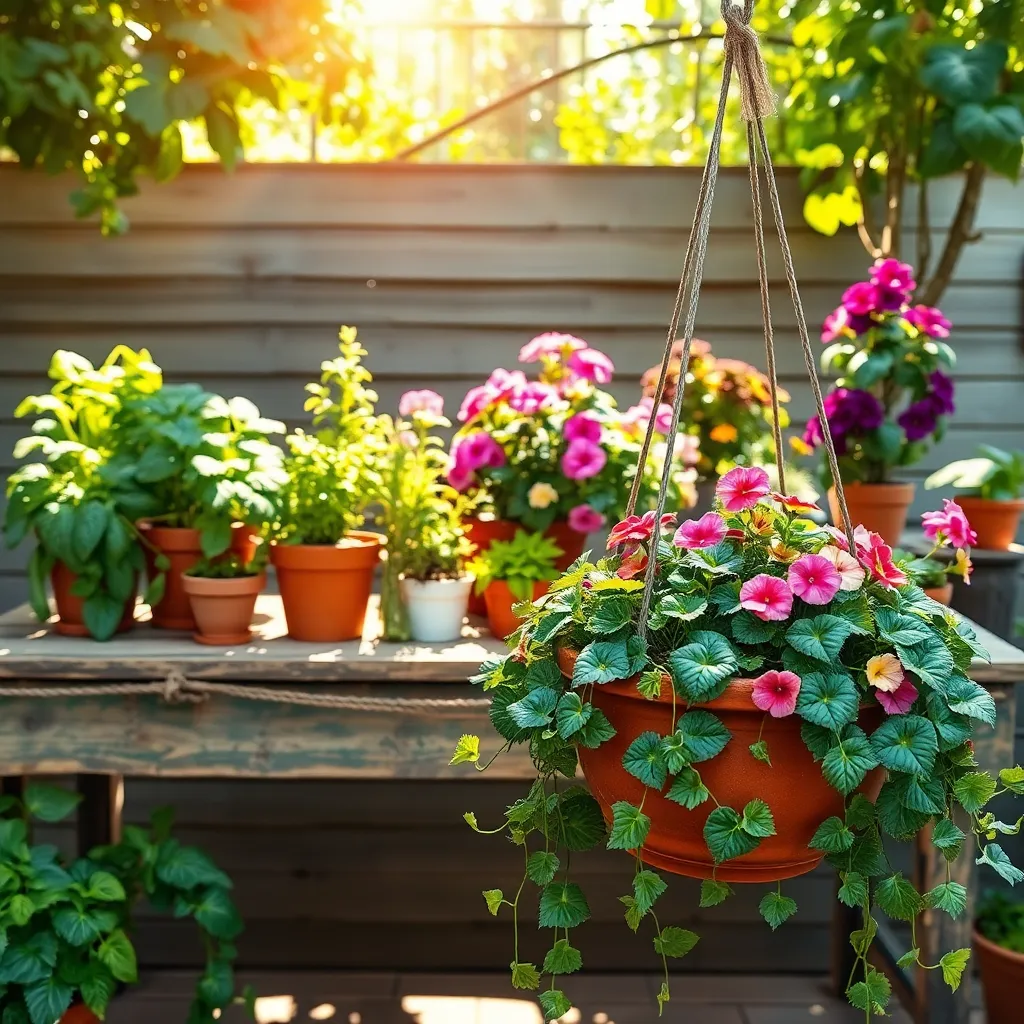
Containers offer a versatile way to garden, allowing even those with limited space to enjoy lush greenery. To start your container garden, choose pots with good drainage and fill them with a quality potting mix that retains moisture while allowing air circulation.
Herbs like basil and mint thrive in containers and are perfect for beginners. Place them in a sunny spot, ensuring they receive at least six hours of sunlight daily, and water when the top inch of soil feels dry.
For a more advanced project, consider planting a dwarf citrus tree in a large container. These trees require regular watering, especially during the growing season, and benefit from a citrus-specific fertilizer to ensure nutrient needs are met.
Mixing different plants in a single container can create stunning visual effects. Choose plants with similar light and water requirements, and consider using a thriller, filler, and spiller approach: a tall focal plant, a mid-height filler, and trailing plants that cascade over the edges.
Building Charming Garden Pathways
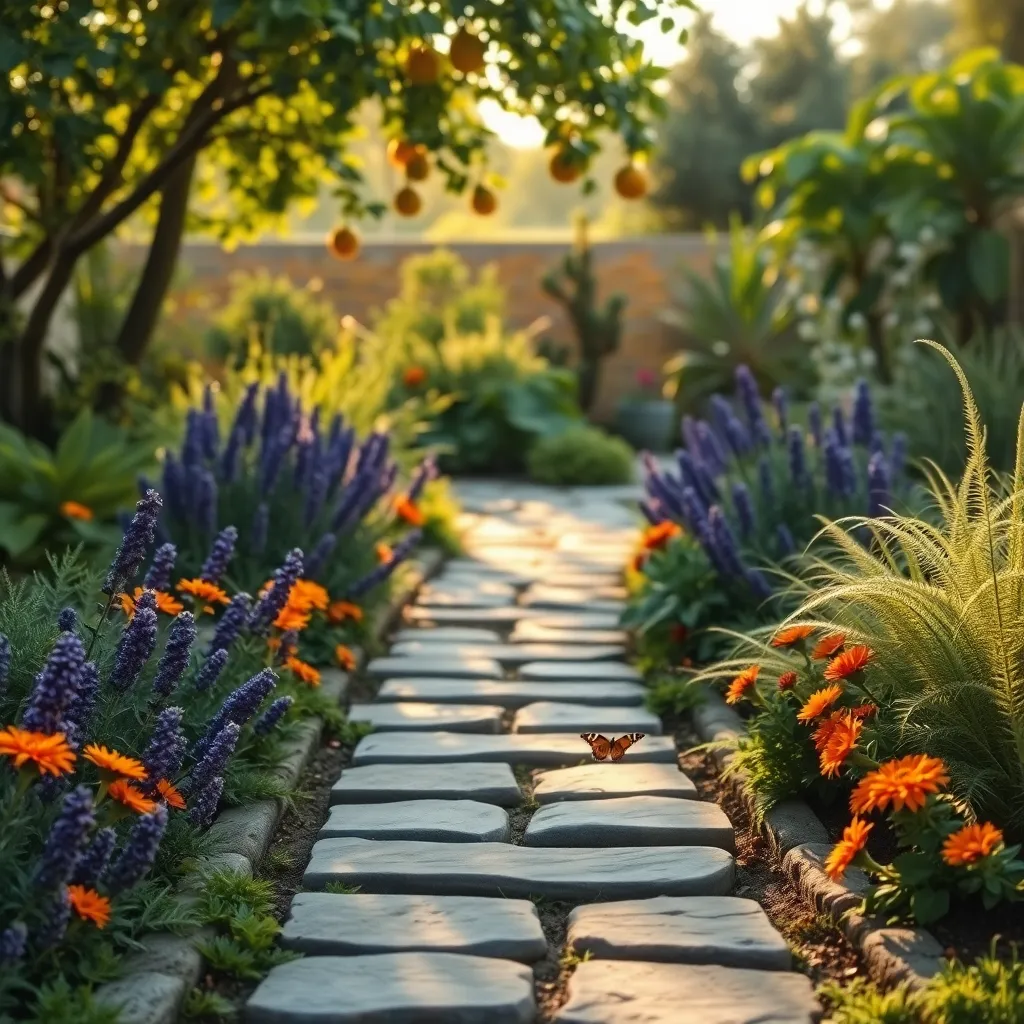
Creating a garden pathway can transform your outdoor space into a charming and functional area. Start by choosing materials that suit your garden’s style, such as gravel, stepping stones, or brick, ensuring they are weather-resistant for longevity.
Begin by mapping out the path’s direction and width, using a garden hose or string as a guide. This outline will help you visualize the path and make necessary adjustments before committing to the final layout.
After deciding on the path’s layout, it’s crucial to prepare the ground properly. Remove any grass or weeds and level the soil to provide a stable base for your chosen materials.
For a basic gravel path, lay down landscape fabric to prevent weed growth and then spread a layer of gravel evenly across the area. Use a tamper to compact the gravel, ensuring a firm and smooth surface that’s easy to walk on.
Those opting for stepping stones should place them with care, leaving equal spaces between each stone for a balanced look. Consider planting low-growing groundcovers like thyme or creeping Jenny between stones to add color and fragrance.
For advanced gardeners, incorporating lighting along the pathway can enhance safety and aesthetics. Solar-powered lights are an eco-friendly option that requires minimal maintenance.
DIY Vertical Garden Structures
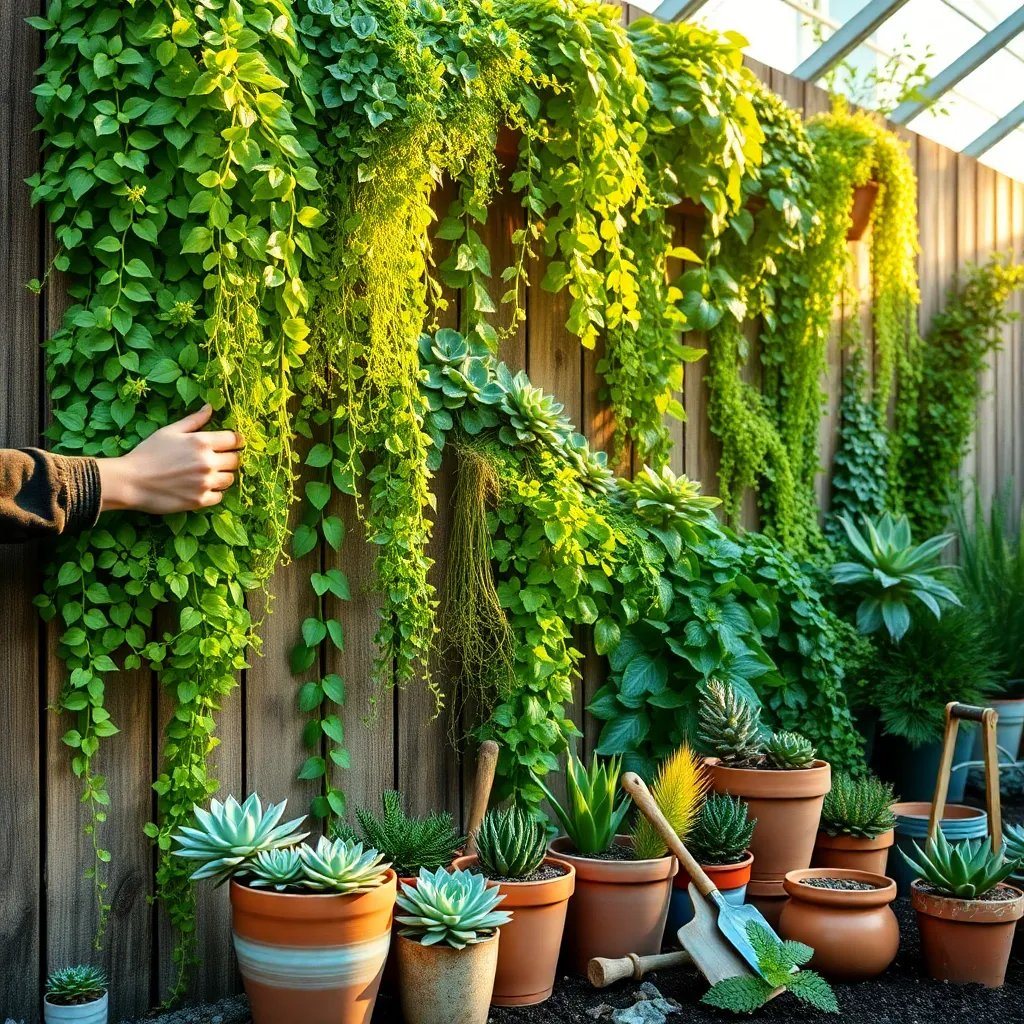
Creating a vertical garden structure is an excellent way to maximize space and add visual interest to your garden. Start by selecting a sturdy frame, such as a wooden pallet or metal trellis, which will serve as the backbone for your vertical display.
Consider the growing conditions your plants will need, such as sunlight, water, and soil type. Opt for lightweight, well-draining soil to prevent root rot, and ensure your vertical garden will get at least 6 hours of sunlight daily for most flowering plants.
Choose plants that thrive in vertical arrangements, such as herbs like basil and thyme, or trailing plants like ivy and ferns. For beginners, succulents are a fantastic choice due to their low maintenance requirements and drought tolerance.
Watering a vertical garden can be tricky, so consider installing a drip irrigation system to ensure even moisture distribution. You can also use a spray bottle for smaller installations, but be sure to water consistently, allowing the soil to dry out slightly between waterings.
Advanced gardeners might enjoy experimenting with hydroponic systems for their vertical gardens. This technique involves growing plants without soil, using nutrient-rich water instead, which can lead to faster growth and more robust plants.
Finally, monitor your plants regularly for signs of pests or disease, as vertical gardens can sometimes harbor hidden problems. Keep an eye out for yellowing leaves or wilting, and take action promptly to keep your garden thriving.
Crafting Cozy Outdoor Seating
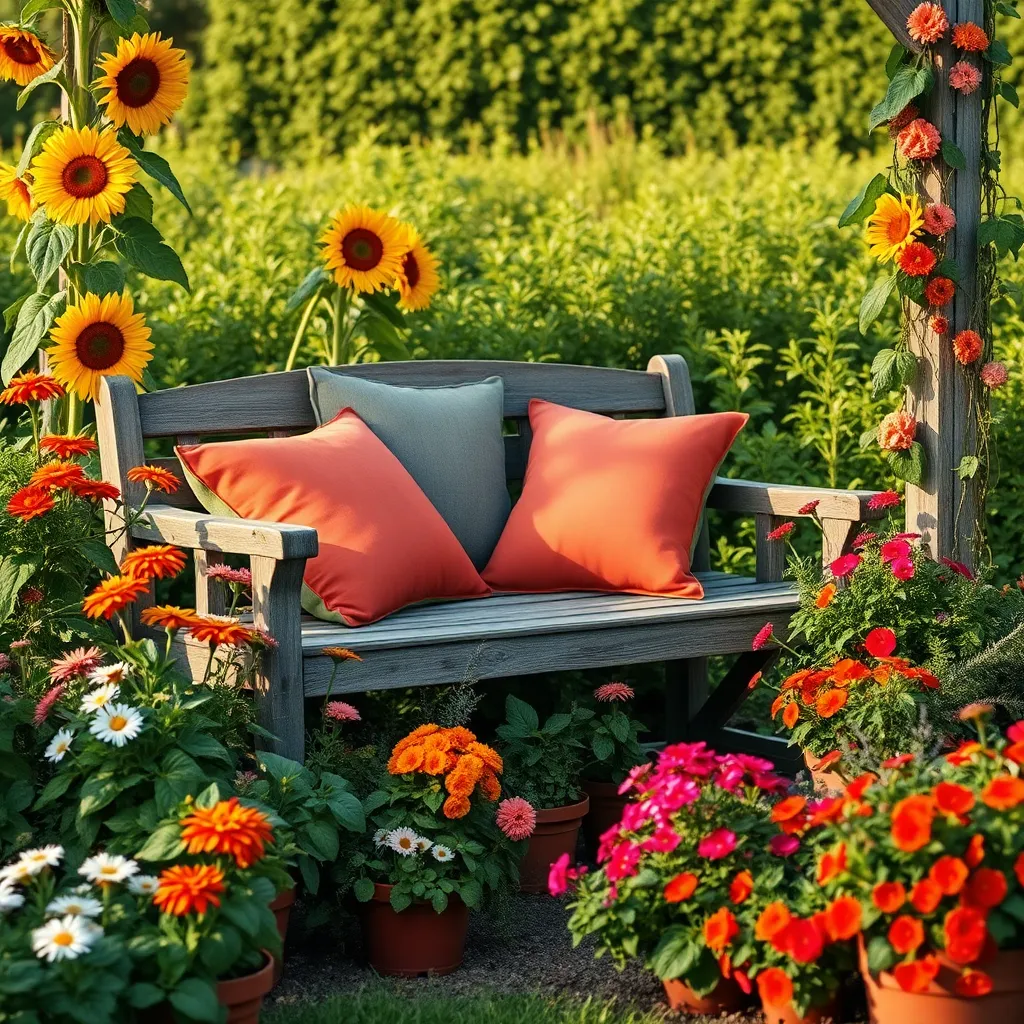
Creating a cozy outdoor seating area can transform your garden into a welcoming retreat. Begin by choosing a location that receives partial sunlight, ensuring comfort during both sunny and cooler days.
Start with basic seating options like wooden benches or repurposed pallets topped with cushions. Use weather-resistant fabrics for cushions to withstand outdoor conditions, ensuring longevity and style.
Incorporate plants around your seating area to enhance the ambiance and provide natural shade. Consider using potted plants such as lavender or rosemary for their pleasant aromas and low-maintenance needs.
For a more advanced touch, build a pergola or arbor covered with climbing plants like wisteria or clematis. These structures not only offer shade but also add a vertical element to your garden, fostering a cozy, enclosed feel.
Lighting Up Your Garden Space
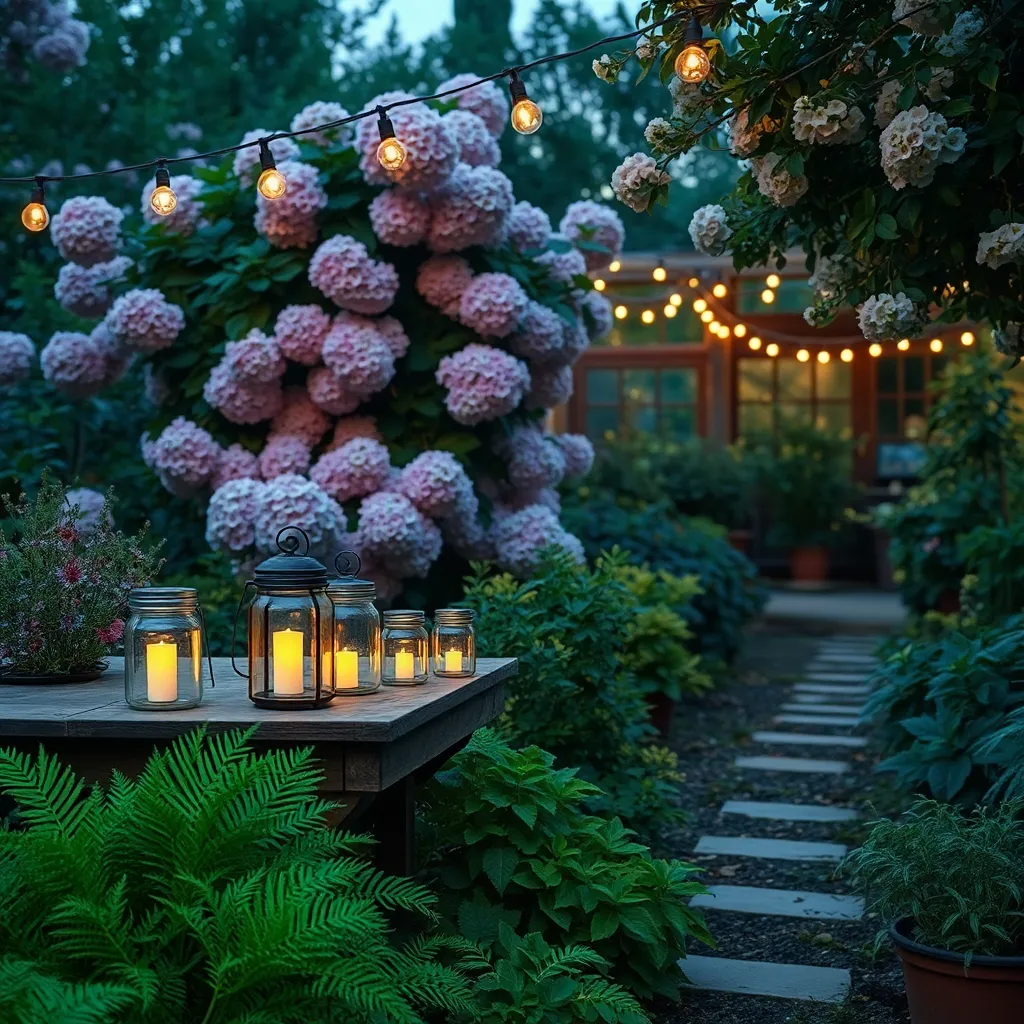
Illuminating your garden space can transform the ambiance and highlight your plantings. Consider using solar-powered lamps, which are both eco-friendly and cost-effective, requiring no wiring and minimal maintenance.
For a more dramatic effect, install low-voltage landscape lighting along pathways and around focal plants. Strategically placed lights not only enhance beauty but also provide safety during evening strolls.
Experiment with different lighting techniques, such as uplighting, to emphasize the textures of trees and shrubs. Downlighting, on the other hand, can create a soft, moonlit effect that adds depth to your garden.
For beginners, start with simple, plug-and-play LED lights that are easy to install and reposition. Advanced gardeners might explore smart lighting systems that can be programmed to change colors and intensity, adding a dynamic touch to garden gatherings.
Conclusion: Growing Success with These Plants
As we wrap up our exploration of ‘DIY Outdoor Garden Projects You’ll Love,’ let’s revisit the five key relationship concepts we’ve cultivated together. First, we delved into the art of communication, emphasizing the importance of open dialogue while working side by side. Second, we celebrated teamwork, highlighting how shared goals can strengthen your bond. Third, the value of creativity shone through, encouraging you to express yourselves and appreciate each other’s unique contributions. Fourth, patience and understanding were underscored as vital, teaching us that growth takes time. Finally, we embraced the joy of accomplishment, reminding us that shared successes, no matter how small, bring us closer.
Now, take a moment to choose one project from the article and plan a day to embark on it with your partner. This simple step can set the stage for deeper connection and shared memories. Remember to save or bookmark this article so you can revisit these insights whenever you need a reminder of the beautiful garden your relationship can become.
Moving forward, let this journey inspire you to nurture your relationship with the same care and creativity you apply to your garden projects. Here’s to flourishing together!
